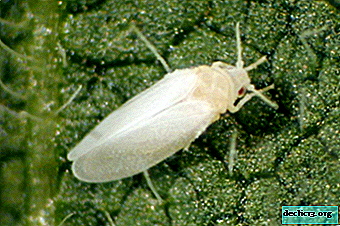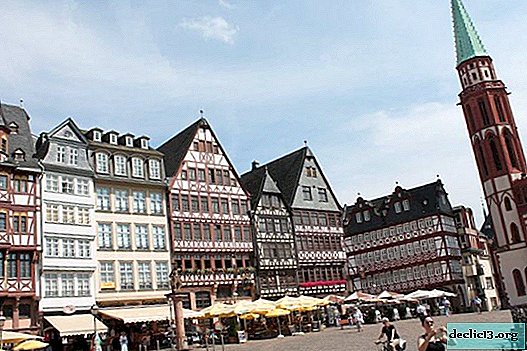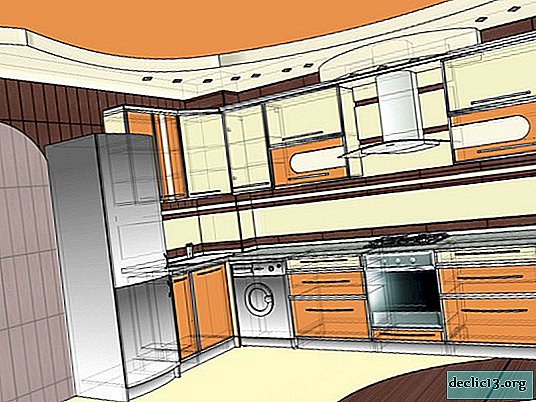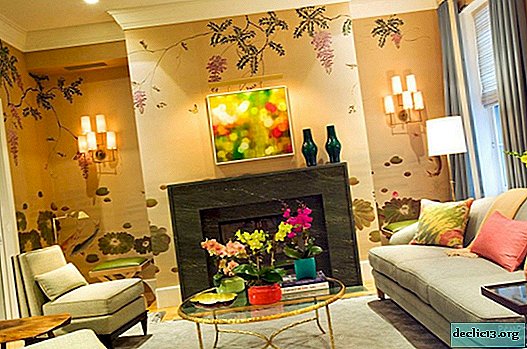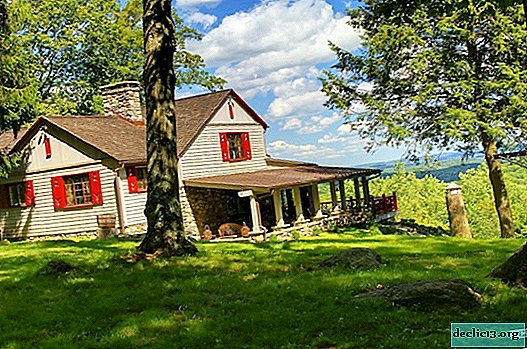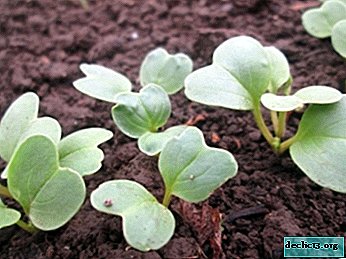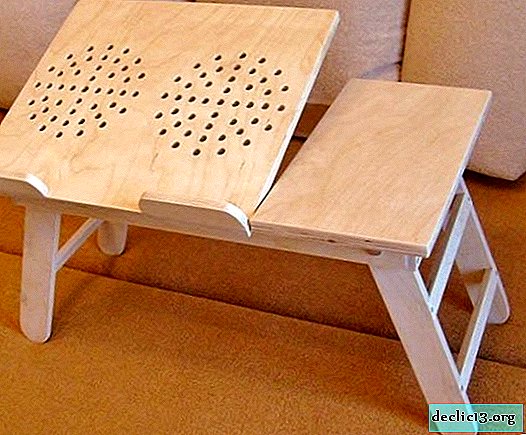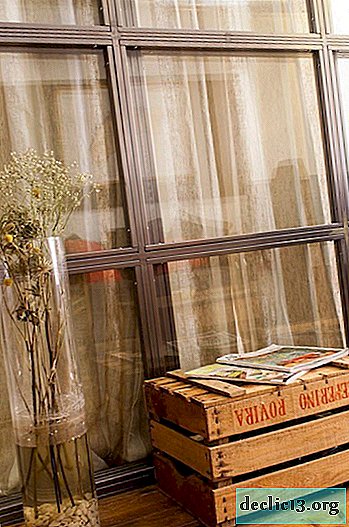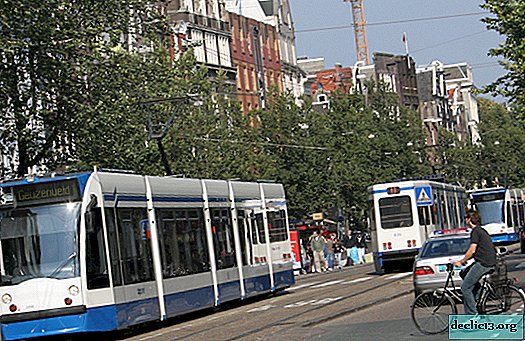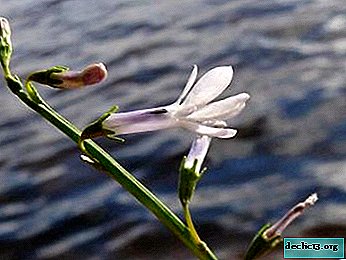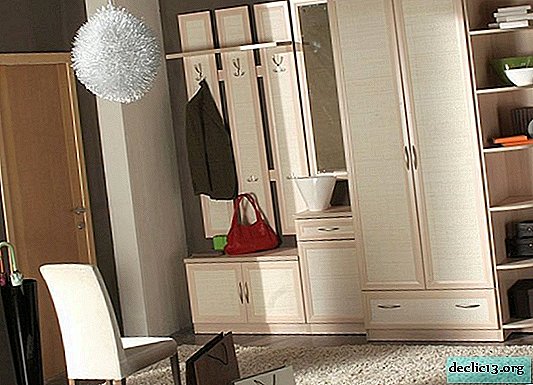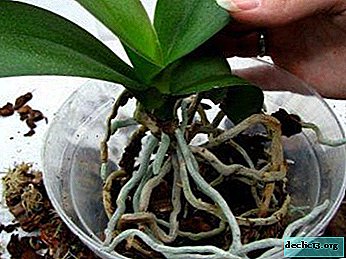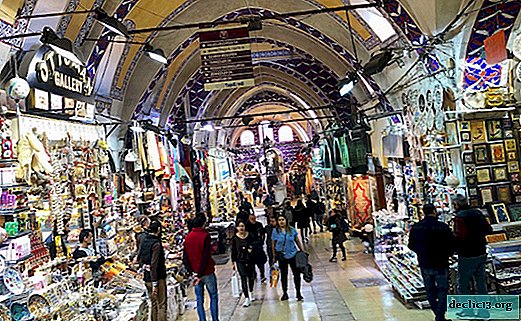Flexible stone: description, advantages, photo
Flexible stone is a natural finishing material, which was first introduced to the market by the German construction company Gliga Stone. Today it is widely used in other countries. A flexible or soft stone is a thin section of sandstone that is bonded with a polymer layer with a fabric base. As a result, it is flexible and at the same time dense, produced in the form of wallpaper and tiles and is used for both internal and external decoration. There are three large deposits of such sandstone: in India, Brazil and the Urals. Due to its properties, flexible stone has a very wide application, although it is quite expensive: up to $ 110 per square meter. meter. A flexible stone is unusually beautiful, has an original structure and a wide range of color shades, sometimes it is called a “sand wall”. In terms of its functional properties, it is ahead of most other building and finishing materials.










The use of flexible stone
- facing of fireplaces;
- facing of pools and walls in saunas;
- design of building facades;
- the manufacture of stairs;
- floor design, by the way with the ability to connect a warm floor;
- decoration of walls, columns, arches.
Advantages of Flexible Stone
- durable; warranty for it up to 35 years;
- light, 1 sq. the meter weighs no more than 5 kg;
- holds temperature from -30˚C to + 65˚C;
- eco-friendly, formaldehyde-free, durable and wear-resistant;
- possesses antistatic properties;
- flexible, which allows you to use it on surfaces with any configurations;
- easy to maintain, easy to clean, dirt does not penetrate the structure of the stone, easy to install;
Work technology
Flexible stone is found in the form of plates or wallpapers of various sizes, cut with construction scissors or a knife, and is applied to a cleaned dry surface. It is attached to the surface with any contact building adhesive and left to dry. If it is necessary that joints are not visible, the edges of the tiles are treated with hot air using a building hair dryer. The result is a smooth, natural surface. Experts advise starting laying from any of the upper corners, as the visual integrity of the surface is important. Only after all the tiles are pasted can you remove the protective film from them. If the material was installed to decorate the facade, it is necessary to cover the surface with protective impregnation against aggressive environmental factors.
Modern building technologies today offer us a huge amount of new materials and finishing methods, moreover, we can do most of the construction and repair work with our own hands. This allows us to make our living space comfortable and beautiful.

